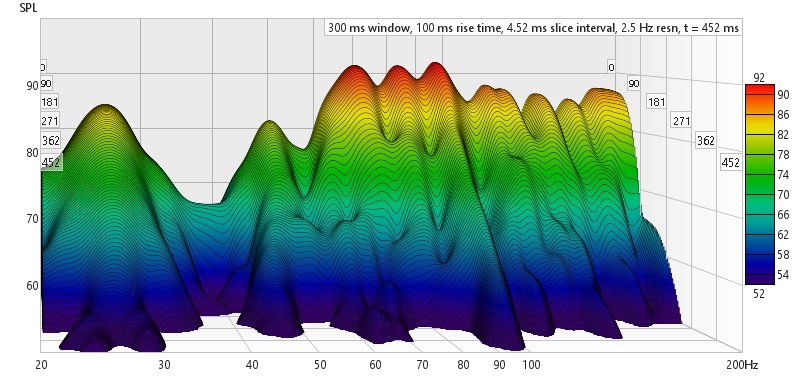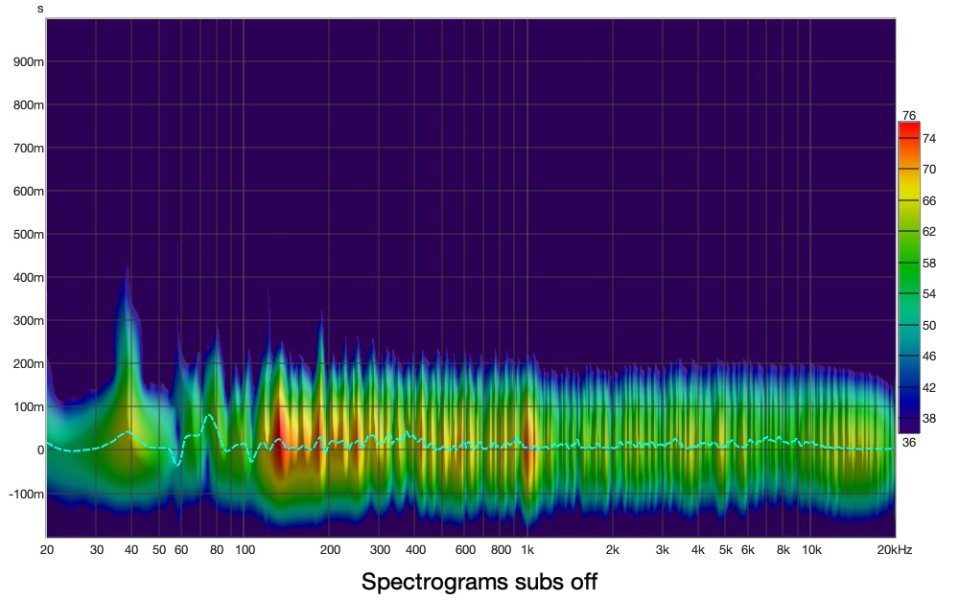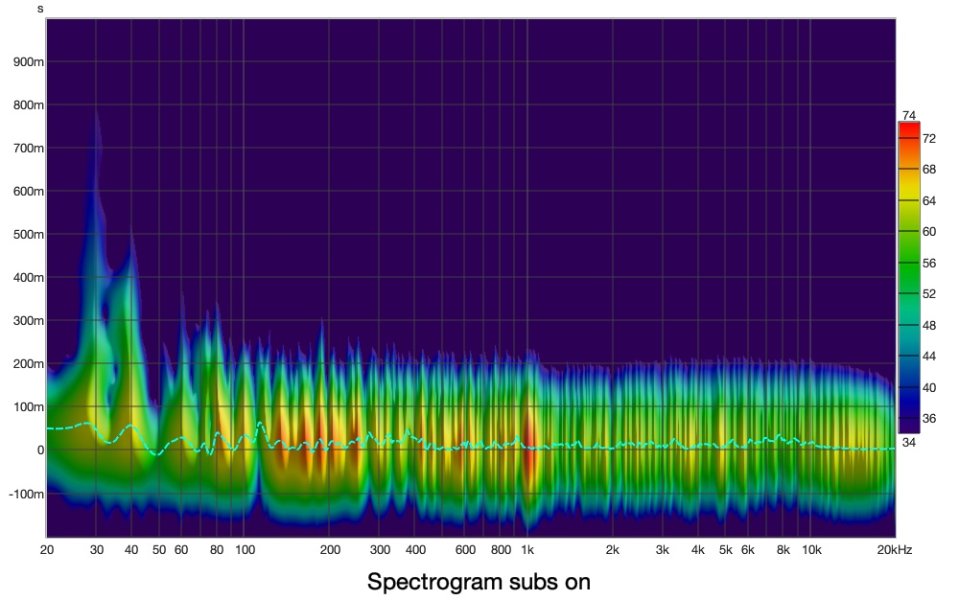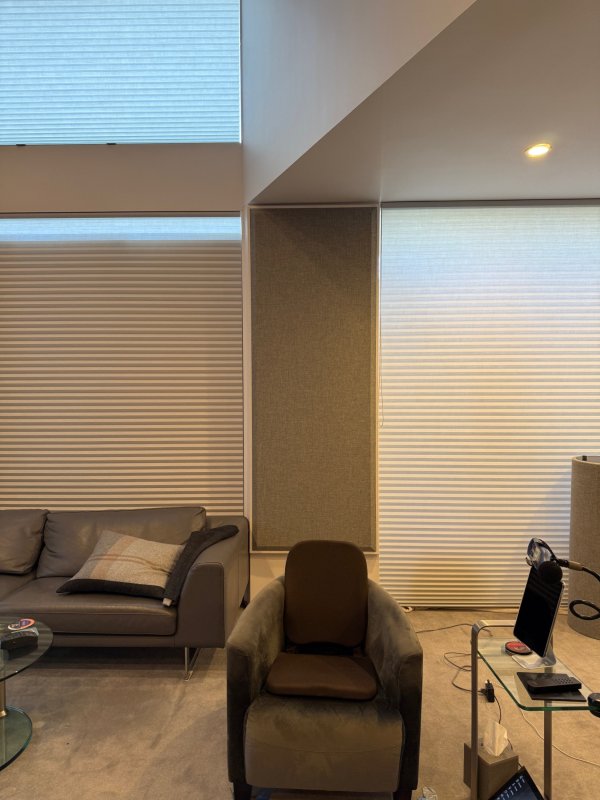I’m not sure that that is 100% Ralph.I know how they work as I had the idea of an active bass trap myself. Using subs to kill standing waves is far more effective nor is doing so woo-woo
I've worked with pro audio gear all my adult life as I've had a studio that long too.
Dr Floyd Toole developed the Distributed Bass Array concept which is what we're talking about to kill standing waves. Standing waves can manifest as a bass null or a bass peak ('room mode' as you put it). A peak is when the standing wave reinforces the existing bass note; a null is when it cancels.
Your speakers have rear-firing information and that information has bass energy which is not in phase with the front output after bouncing off the wall behind the speakers. That makes them less prone to standing wave problems (which occur in any room with regular dimensions and even some that don't) but does not eliminate the problem. It does make it a bit easier to deal with.
Ideally one kills waves passively, and then tries to kill what is remaining actively.
(which may be more “at the same time” than a sequential set of steps.)
Just adding more subs may fill in nulls, but of one wants transient response, then they want to remove energy from the room and not add it.
But the only way to decrease the decay time, is to remove the energy.











